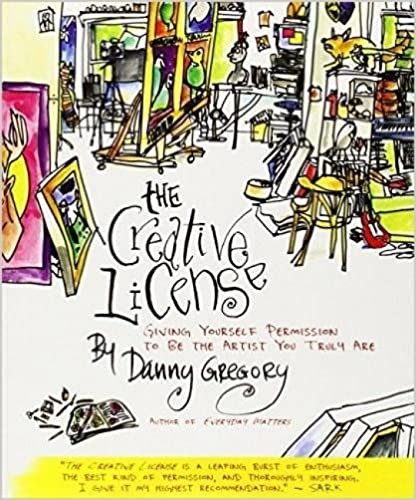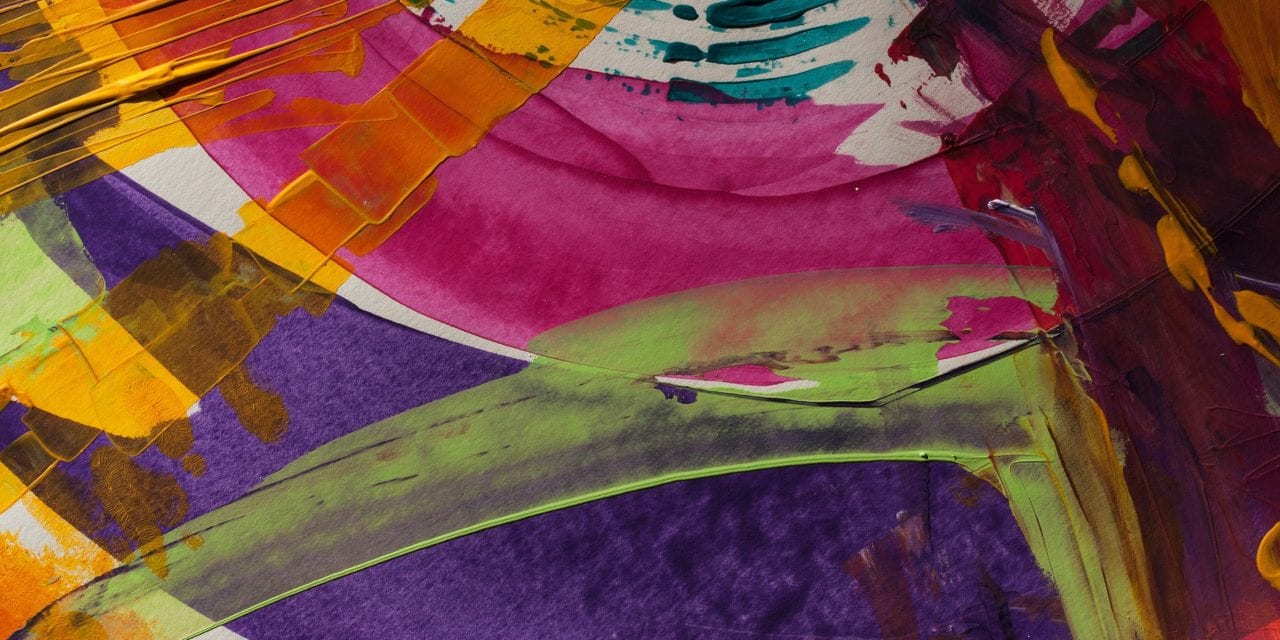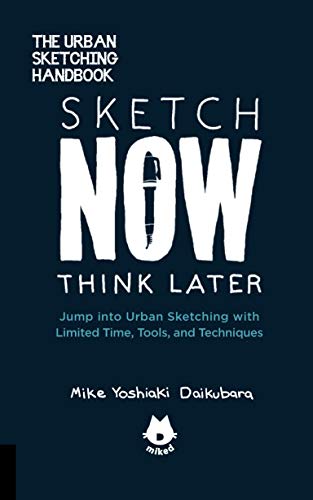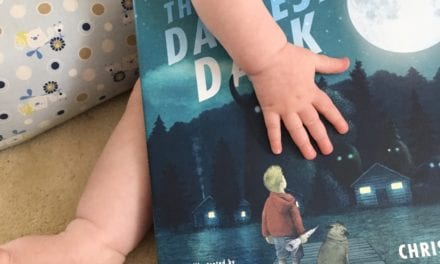People often say that creativity is like a muscle. I like the analogy because it provides an image of the potential for growth. With some effort, weak tissue can be strengthened – no matter your age or your current level of expertise. As someone who formally studied in the visual arts and has always made things with my hands, I know that creative thinking is fueled by practice and develops over time. But creativity is not exclusive to the arts, it manifests in all spheres of our lives. Dancer and choreographer Twyla Tharp, in The Creative Habit – Learn It and Use It for Life (2006), argues the point that while it sounds counterintuitive, creativity is enhanced through routine and habit – it takes practice. “You stretch before you jog, you loosen up before you work out, you practice before you play. It’s no different for your mind.” As with fitness and flexibility, we must exercise our creativity to become more nimble and agile in our thinking.
At this point in the year, you may be feeling more than a little stiff and tired with little energy left in your reserves to work with. In the first few weeks of summer, you may just need some time to relax and recuperate. Recovery is important. But after a while, if you’re like me, you might feel an urge to get moving again. Remember, be gentle with yourself, you won’t be in marathon shape overnight, especially if you’ve never actually been a runner… You will need to ease in. Practicing often, in short bursts, is better than putting in long hours sporadically. It’s also best to vary what you do, so that you don’t gain strength in one area at the expense of another. Luckily, as in physical activity, there are a plethora of possibilities to get your creative juices flowing and to experience the world in new ways.
When trying to create masterpieces, there is too much pressure and it never goes well.
When you think of practice, you tend to be much more relaxed,
which makes it fun and the results are much nicer as well.
– Mike Yoshiaki Daikubara
Whether you’re new to creative practices, or you need a fresh start, here are a few off-screen practical guides from my bookshelf to get inspired – no fancy supplies required:
Journaling
Blank pages can be intimidating. If the prospect of carrying around an empty-lined notebook or sketchbook leaves you uninspired, why not try a planner? During a recent walk through a craft supply store, I learned that paper craft planners are a thing, they’re replacing scrapbooking as a hobby. If you are into planners, Katie Vernon’s Make Art Every Day: A Weekly Planner for Creative Thinkers–With Art Techniques, Exercises, Reminders, and 500+ Stickers is for you (2017). I own this planner and it is lovely. I liked the idea of it, but have not used it – yet. However, I am recommending it, because I just opened the preface and Vernon says, “making art every day isn’t about sketching or painting daily; it’s about building strong, creative muscles that allow daily creativity to be possible, exciting and fun.” And it has lots of stickers. How can you go wrong?
Visual Journaling
 You have seen visual journals and think they are wonderful. You would like to begin the practice of keeping an art journal but are hesitant because you think you can’t draw. Dan Gregory’s The Creative License – Giving Yourself Permission to be the Artist you Truly Are (2006) is a great place to start. It will help you to see what’s in front of you in a new way, and help you learn to draw in the process. His books are very useful tools – such as, Everyday Matters (2007), How to Draw Without Talent (2019), and Art Before Breakfast – The Workbook: How (and Why) to Develop a Creative Habit No Matter How Busy You Are(2016).
You have seen visual journals and think they are wonderful. You would like to begin the practice of keeping an art journal but are hesitant because you think you can’t draw. Dan Gregory’s The Creative License – Giving Yourself Permission to be the Artist you Truly Are (2006) is a great place to start. It will help you to see what’s in front of you in a new way, and help you learn to draw in the process. His books are very useful tools – such as, Everyday Matters (2007), How to Draw Without Talent (2019), and Art Before Breakfast – The Workbook: How (and Why) to Develop a Creative Habit No Matter How Busy You Are(2016).
DIY Writer’s Workshop
Lynda Barry, an award-winning cartoonist, writer and educator, believes that anyone can be a writer or an artist. She became an Associate Professor of Interdisciplinary Creativity at the University of Wisconsin in 2013. Her books Syllabus: Notes From an Accidental Professor(2014) and Making Comics (2019) are based on courses that she teaches at the university to students across faculties. I’ve always wanted to attend Barry’s Writing the Unthinkable 5-day writing workshop in person. It hasn’t happened – yet. However, her books are amazing sources of inspiration and I return to them on a regular basis. The 5-minute diary is a great place to start – spend 2 minutes listing what you did, 2 minutes listing what you saw, 30 seconds writing something you heard someone say, and 30 seconds drawing a picture of something you saw, all on one page.
Taking it Outdoors
After months of confinement, many people have taken to spending more time out in nature, whether your version is rural or urban, you can take our practice outdoors. Keri Smith’s How to Be an Explorer of the World – Portable Art Life Museum (2008) contains 59 explorations and a built-in log to document your journey. If you decide to take on these tasks, you will be employing a variety of methods such as writing, sketching, collecting, smelling, sculpting, printmaking and more, using whatever materials you have at your disposal.
Nature Journaling
It’s easy to go outside for a walk and get caught up in our own thoughts and preoccupations without being aware of our environment. If we want to really see things differently, we must be present in the moment, slow down, and take things in. John Muir Laws’ The Laws Guide to Nature Drawing and Journaling (2018) is a great resource for beginners and experienced naturalists to hone their observation, curiosity, and creativity skills. In what Laws describes as his most essential practice, he uses the prompts “I notice,” I wonder,” and “It reminds me of…” to deepen observation and to guide the journaling process.
Urban Sketching
In Sketch Now Think Later – Jump into Urban Sketching with Limited Time, Tools, and Techniques, Mike Yoshiaki Daikubara (2017) suggests that when you have lots of energy, having limited tools, techniques, and time is not a bad thing and can produce rewarding results. While he is referring specifically to urban sketching in his guide, I believe that his suggestions can also apply to other activities across domains.
Less is more:
– Limited Tools: Allows you quickly approach situations with ease.
– Limited Techniques: Allows you jump in, capture the moment and not overthink.
– Limited Time: Allows for more focus and concentration.
According to Daikubara, the “think later” part of the approach is the reflection piece – thinking about what you did, what you could have done differently, and how you might apply what you learned to the next situation. It’s about looking for ways to improve so that you can produce better results the next time.
The key to these practices is to do them often to develop skills and a creative mindset. According to one study (2010), participants took anywhere between 18-254 days, (66 days on average) to turn a new behavior into a habit. Considering that there are about 80 days between now and next September, the odds are good that if you start something over the summer and stick to it, it will become a habit. As Twyla Tharp put it, all you need to do is “…take a deep breath, stamp your foot, and shout “Begin!” You never know where it will take you.”
References
Barry, L. (2019). Making Comics. Drawn & Quarterly.
Barry, L. (2014). Syllabus – Notes from an Accidental Professor. Drawn & Quarterly.
Daikubara, M. Y. (2017). The Urban Sketching Handbook Sketch Now, Think Later: Jump into Urban Sketching with Limited Time, Tools, and Techniques. Quarry Books.
Gregory, D. (2006). The Creative License: Giving Yourself Permission to be the Artist you Truly Are. Hachette Books.
Gregory, D. (2007). Everyday Matters. Hachette Books.
Gregory, D. (2016). Art Before Breakfast – The Workbook: How (and Why) to Develop a Creative Habit No Matter How Busy You Are. Chronicle Books.
Gregory, D. (2019). How to Draw Without Talent. North Light Books.
Lally, P., van Jaarsveld, C.H.M., Potts, H.W.W. & Wardle, J. (2010). How are Habits Formed: Modelling Habit Formation in the Real World. Eur. J. Soc. Psychol. (40: 998-1009). https://doi.org/10.1002/ejsp.674
Laws, M. J. (2018). The Laws Guide to Nature Drawing and Journaling. Heydey.
Smith, K. (2008). How to Be an Explorer of the World: Portable Life Museum. Penguin Books.
Tharp, T. (2006). The Creative Habit – Learn it and Use it for Life. Simon & Schuster.
Vernon, K. (2017). Make Art Every Day: A Weekly Planner for Creative Thinkers–With Art Techniques, Exercises, Reminders, and 500+ Stickers. Quarry Books.










